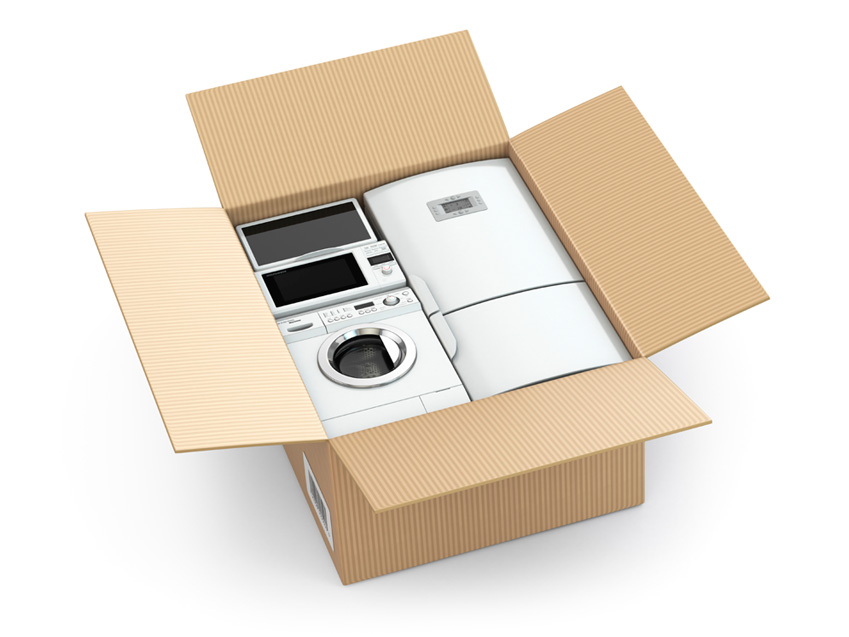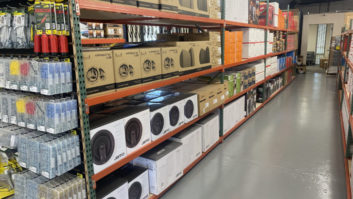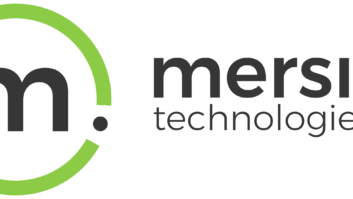
Sales operations and channel marketing people: does it not make you feel amazing when you come up with truly functional ways to help drive bundled product sales out in the channel?
Getting more consumers to “bundle up” is a common goal we hear in discovery meetings with prospects and it’s certainly a worthwhile one: the consumer ends up with products that look and work great together just the way they were designed to and along the way we all get to sell just a little bit more. A great way to achieve this desirable action in the channel is to use a variety of push, pull and education incentives, inserted at critical inflection points throughout your campaign.
Historically, it was difficult to coordinate different types of channel programs so they would function to support a single goal: divisions within brands were siloed and specialized providers (such as rebate and spiff fulfillment partners) were unable or unwilling to work harmoniously. Now, however, you have the ability to work combinations of different push and pull strategies in your channel, measuring along the way and ultimately finding the perfect mix to help you own your channel.
Old Days and Old Ways vs. Now
Many readers will remember the days where it was very common practice for IT resources to be siloed within a large enterprise. Each department had their own space and everyone worked exclusively from their own database. Perhaps you will also remember however that this was by necessity of limitation and if you’ve been in channel marketing for a while, this has likely caused you some frustration along the way. This way of working may even have eroded your brand’s margins at some point and nobody detected this fact until after two different divisions had offered incentive programs. This was the old reality.
But now it’s 2016 and we’ve got it really good! Most enterprises now work in shared environments and from a common CRM or other platform that gives us access to a shared database containing all the information we need to do more sophisticated work.
It’s time to leverage that power.
For you, it may mean changing the way you run your programs and I would challenge you that it is well worth your while to try that. The people at your company in charge of SPIFFs, your rebate team and your co-op folks can now actually work together, shifting a bit in and a bit out of each program until you reach the perfect blend that helps you own your channel.
Serve Your Needs, Serve Your Channel’s Needs
What I’m proposing here is an approach of extreme customization as to how you allocate your promotional spend. Your long-term needs are likely steadfast, but short term goals such as quarterly or fiscal year goals are going to be unique and likely to be ever changing. Consider that the same very likely holds true for the needs of all your partners. Finally however, there is no need to compromise: you can have your cake while you also serve cake down the channel.
While new, this idea isn’t actually terribly radical compared to what many companies are doing right now, and so hopefully you are comfortable testing out something that pushes a bit beyond the usual. There are lots of brands offering a sell-in discount and then combining it with a co-op program. These are well and good, but they are not holistic in the sense that they don’t consider all the participants involved in getting a sale done out in the channel.
Who Is The Top Influencer Of The Sale?
By the estimate of everyone from brand VP’s to the retail sales associates (RSAs) themselves, the floor person can still move a retail customer onto a different product in 75 to 85% of sales scenarios.
Let’s consider the above strategy in light of this new information:
The brand has a need: the brand wants to sell more of a product or group of products in the channel. The channel partner also has a need: they need to grow their bottom line. In the above discount/co-op scenario, both needs are being addressed: the brand offers a sell-in discount so that the dealer buys more. The dealer has the opportunity to grow their bottom line by selling the product at an enhanced margin. They can also enjoy the co-op program as a way to bring more customers to the store.
But what of the RSA? If the dealer’s top sales associates in their stores aren’t aligned with your program (and why would they be? They aren’t being considered in the incentive plan!) then they could be knocking the whole works out of bed every time they speak with a customer. Remember, the big idea here is that your brand wants to own the channel and to do this effectively you need mindshare with the RSAs.
Consider also customers who have no preference for any brand and are only on the lookout for the brand that presents the best value proposition to them; a personal formula that almost always includes final sale price. In some markets, a consumer rebate may be all it takes to meet your short-term objectives. Remember though, you don’t want your promotions to be leaving the RSAs and partners out in the cold for long if you want them to stay engaged.
If you look all the way through the channel, right down to how each deal is unfolding on the sales floor, (including the customer’s journey of discovery, social proof and any other factors that led them to your partner’s door) you can now detect the different points of leverage and start optimizing at each stage.
Your brand can own sales in the channel.
Ask yourself the following questions:
- How can I attack this channel holistically?
- How can I educate everyone involved (RSAs, consumers) about my programs and get them locked on my product?
- Am I minding my margins with this approach?
A Holistic Approach To Dominating The Channel
Look back on all the players we have named in each retail sale: you have your brand, possibly some distributors and their dealers, your dealers, the RSAs and the consumers themselves. The task is to take your incentive spend and then see how a portion of it can be used to ease friction at the important inflection points down the channel, making sure that every player feels appreciated by and connected to your brand. Does your dealer even value a sell-in discount, or do they resent the pressure to load up on inventory? Would a sell-through allowance make them happier? Are they using their co-op dollars? What are they using them for? Is a lack of sales incentive the only thing stopping their top salespeople from recommending your brand? Would a consumer rebate move the needle the rest of the way to hitting your business goals?
Get All Parties Aligned
Now that you have optimized your spend in a more holistic way, what are you doing to make sure that each player in the channel knows that you see them and that you understand their needs? What is the best way to reach your channel partners, RSAs and consumers to let them know the great news?
No Need To Compromise Your Margins
To be clear, I’m not suggesting that you should be spending more on channel incentives. On the contrary, experimenting with this approach may reveal ways in which you can actually allocate less budget toward promotions. The robustness of the reporting you receive on your results is likely to contain answers as to the way forward, but that robustness is only as powerful as the software you’re using to manage your programs.
Having all of your programs and data running from a single platform gives you the power to uncover powerful points of leverage and test new ideas faster than ever.













